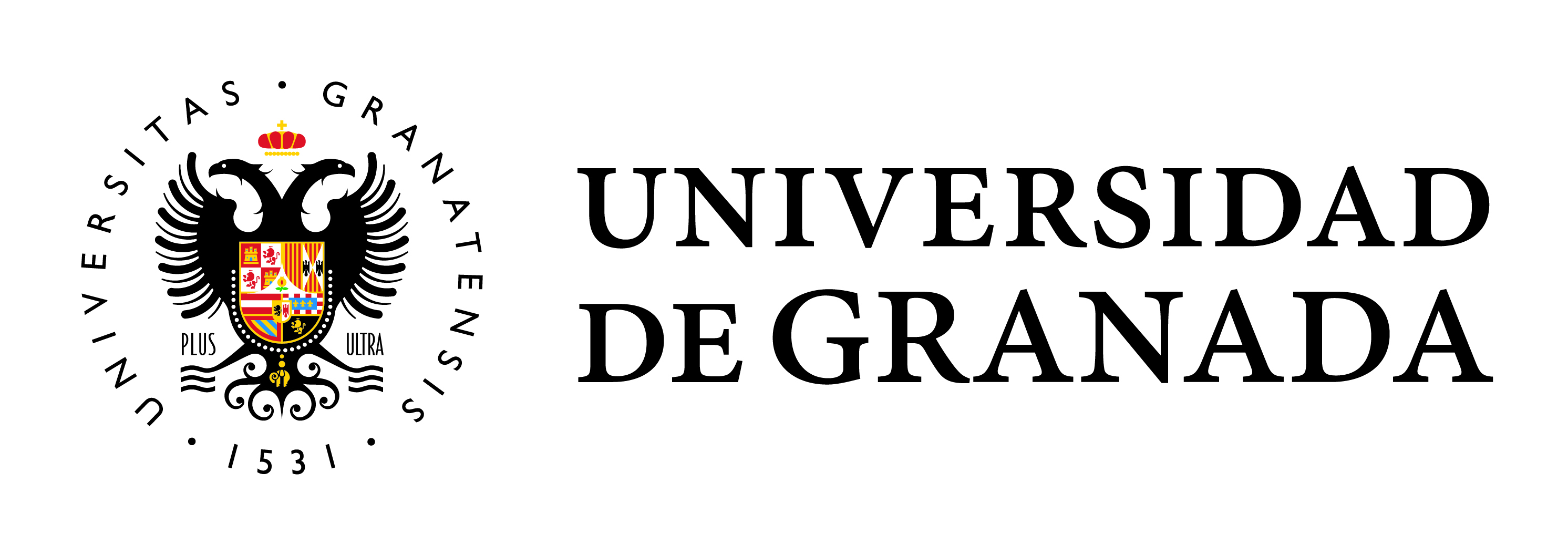Using GIS as a robust decision-making tool for multidimensional assessment in agriculture areas. Study case: garlic production in Mendoza, Argentina
Main Article Content
Abstract
Argentina is one of the main producers and exporters of garlic in South America. The provinces of Mendoza and San Juan have the largest cultivated area in the country, leading the international trade. The superb agroecological and economical conditions promote the need to expand this crop over the region under sustainability and spatial planning criteria. The main goal of this study is to identify favorable zones, in terms of sustainable development, to expand the garlic production over Mendoza. Based on GIS and Hierarchical Analysis Process, a Multicriteria Assessment was conducted, performing a multi-dimensions aptitude map for garlic production. 13 indicators contained in 4 dimensions namely socio-economical, infrastructure, water governance and environmental were designed. Environmental dimension represented in the waterfoot print indicator, and water governance indicators such as water reuse and groundwater access explain the 52 % of the location of suitable sites for garlic production. The locations scored with the highest multi-dimensional capabilities are the region of Valle de Uco, the department of Maipu, part of department Lavalle and lowermost valley of Tunuyán river.


